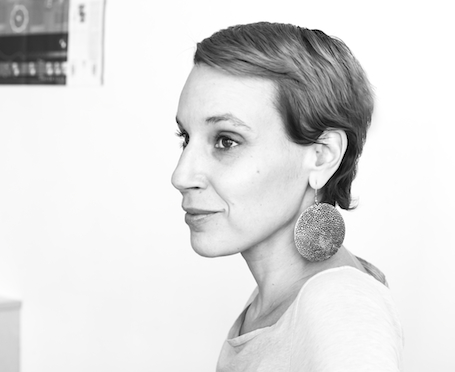Terike Haapoja (FI)
Terike Haapoja is a Finnish visual artist based New York and the 2016 winner of ANTI Festival International Prize for Live Art. Haapoja’s political interventions, large scale installation work and writing investigate the mechanics of othering with a specific focus on issues arising from the anthropocentric world view of western modernism.
Haapoja’s utopian societal institutions, such as Party of Others (2011–) or the collaboration with writer Laura Gustafsson, History of Others (2012 – ongoing), activate the world around them, bringing structures of exclusion and inclusion into light. In recent projects Haapoja has approached law as a performative space where reality is constructed.

“In a lecture about nonhuman legal personhood, the anthropologist Elizabeth Povinelli describes imagination not as “the imaginary”, but as pulling things into existence. My work can be described as this kind of pulling: as temporary materialization of societal institutions that are currently impossible, but should, and in a parallel reality could exist, or as pulling into visibility phenomena that do not have legitimate space in our reality. My work comes to life on the threshold between the real and the not-yet possible, between installation art, social construction and performance, the visible and the invisible, the viewer’s bodily solitude and its surroundings – in the undefined area where magic happens.
In the time of climate crisis and deepening economic inequality I find it ever more important to investigate the structures of exclusion and abuse built into our systems of knowledge and governance. Much of my work grow out of this ethical demand: the question of the animal in the society, our relationship to the non-human world in general, the mechanisms of othering and more recently the question of what have we become as humans, as subjects, in a deeply narcissistic society. I use the word “other” cautiously, aware of the fact that it reinforces the boundaries I wish to question. Still, the question of “the other” is relevant for as long as we live in a world that is in practice defined by boundaries and structures of exclusion. We can’t escape it, but we can and must reflect on it.”
www.terikehaapoja.net
Photo: Ugo Carmeni – Closed Circuit – Open Duration (2008 / 2013), Nordic Pavilion, 55. Venice Biennale
